How to Improve Sauce Production Efficiency
In the competitive world of food manufacturing, efficiency is key to maintaining profitability and ensuring customer satisfaction. Sauce production, in particular, presents unique challenges due to the diverse range of ingredients, consistency requirements, and quality control standards. In this blog post, we will explore various strategies to improve sauce production efficiency, ensuring high-quality output while minimizing costs and waste.
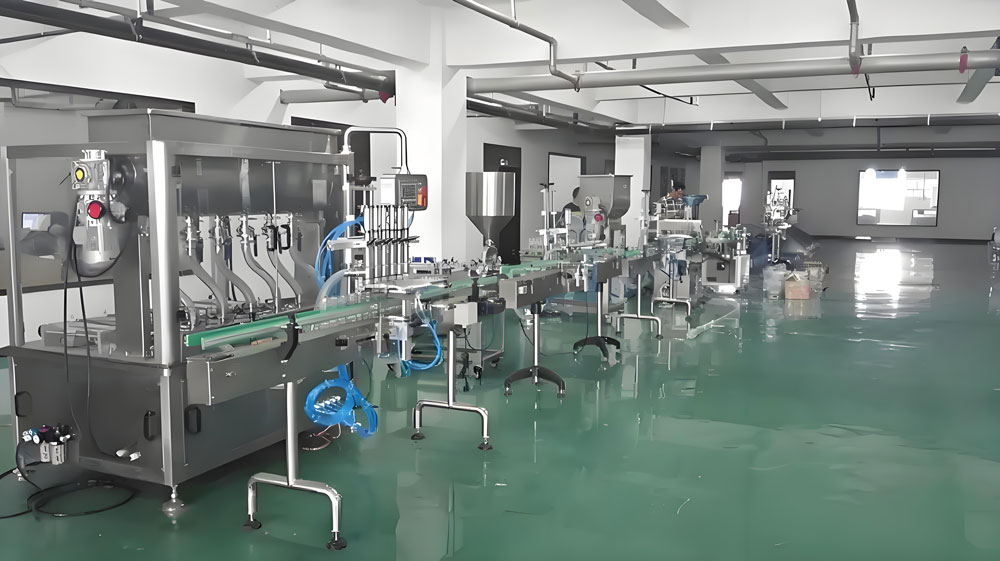
Understanding Sauce Production
Before diving into specific strategies, it is important to understand the basics of sauce production. This process typically involves the preparation of ingredients, mixing, cooking, cooling, and packaging. Each step must be carefully managed to ensure consistency, taste, and safety.
1. Streamlining Ingredient Preparation
Automating Ingredient Handling
Investing in automated systems for handling ingredients can significantly reduce labor costs and minimize human error. Automated dispensers and conveyors ensure precise measurements and consistent mixing, which are crucial for maintaining quality.
Supplier Management
Working closely with reliable suppliers can improve the consistency and quality of your ingredients. Establishing long-term partnerships can also lead to cost savings and better supply chain management.
2. Enhancing Mixing and Cooking Processes
High-Shear Mixing
Using high-shear mixers can improve the blending of ingredients, ensuring a uniform consistency. This technology reduces mixing time and energy consumption, contributing to overall efficiency.
Temperature Control
Precise temperature control during cooking is essential for achieving the desired consistency and flavor profile. Modern cooking equipment with advanced temperature regulation can prevent overcooking and undercooking, reducing waste.
3. Implementing Quality Control Measures
Inline Quality Monitoring
Integrating inline quality monitoring systems allows for real-time analysis of sauce consistency, viscosity, and color. This proactive approach helps in detecting deviations early, ensuring consistent product quality.
Standard Operating Procedures (SOPs)
Establishing and strictly following SOPs for each stage of production ensures that all processes are performed consistently and efficiently. Regular training and audits can reinforce adherence to these procedures.
4. Optimizing Packaging and Labeling
Automated Packaging Solutions
Automating the packaging process can increase speed and accuracy. Automated filling, capping, and labeling machines reduce the need for manual labor and minimize the risk of contamination.
Sustainable Packaging
Adopting sustainable packaging materials can reduce environmental impact and appeal to eco-conscious consumers. Additionally, efficient packaging designs can lower material costs and improve storage efficiency.
5. Leveraging Technology for Inventory Management
Just-in-Time Inventory
Implementing a just-in-time (JIT) inventory system reduces the need for large storage spaces and minimizes waste due to expired ingredients. This system ensures that ingredients are delivered exactly when needed for production.
Inventory Tracking Software
Using advanced inventory tracking software helps in monitoring stock levels, predicting demand, and preventing stockouts. This technology provides real-time data, facilitating better decision-making.
6. Training and Empowering Employees
Comprehensive Training Programs
Investing in comprehensive training programs for employees ensures that they are well-versed in operating equipment and following SOPs. Skilled workers are more efficient and can quickly adapt to new technologies.
Employee Engagement
Encouraging employee engagement and feedback can lead to innovative ideas for improving production processes. A motivated workforce is more likely to take ownership of their work and strive for continuous improvement.
7. Continuous Improvement and Lean Manufacturing
Implementing Lean Principles
Adopting lean manufacturing principles helps in identifying and eliminating waste in the production process. Techniques such as Value Stream Mapping (VSM) and Kaizen can streamline workflows and enhance efficiency.
Continuous Improvement Culture
Fostering a culture of continuous improvement encourages employees to seek ways to enhance efficiency and reduce waste. Regularly reviewing and optimizing processes can lead to significant long-term gains.
8. Investing in Advanced Equipment
Modernizing Equipment
Upgrading to modern equipment with advanced features can significantly improve production efficiency. Equipment with better energy efficiency, automation capabilities, and precision can reduce operational costs and increase output.
Maintenance and Upkeep
Regular maintenance of equipment is crucial for preventing breakdowns and ensuring smooth operation. Implementing a preventive maintenance schedule can reduce downtime and extend the lifespan of machinery.
Conclusion: Maximizing Sauce Production Efficiency
Improving sauce production efficiency involves a multifaceted approach, combining technology, training, and process optimization. By focusing on streamlining ingredient preparation, enhancing mixing and cooking processes, implementing robust quality control measures, optimizing packaging, leveraging technology for inventory management, training employees, adopting lean principles, and investing in advanced equipment, manufacturers can achieve significant improvements in efficiency. This not only boosts profitability but also ensures that high-quality products consistently reach the market.
Must-Read Blogs For Chain Restaurants Owner








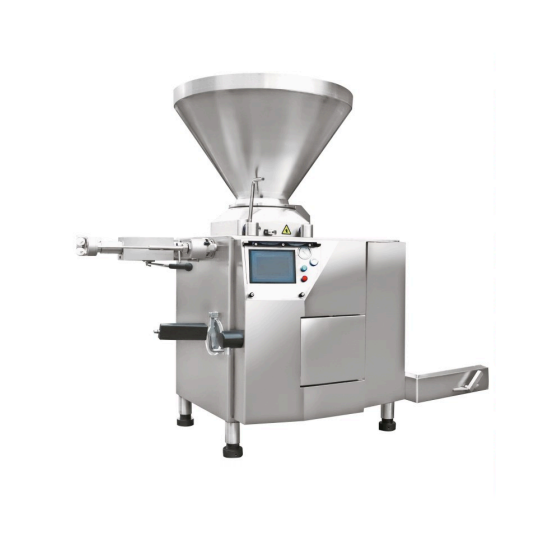
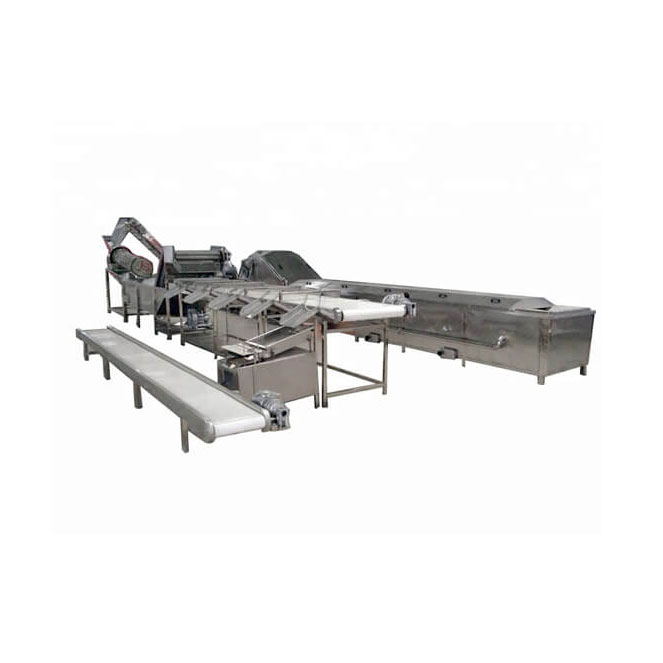
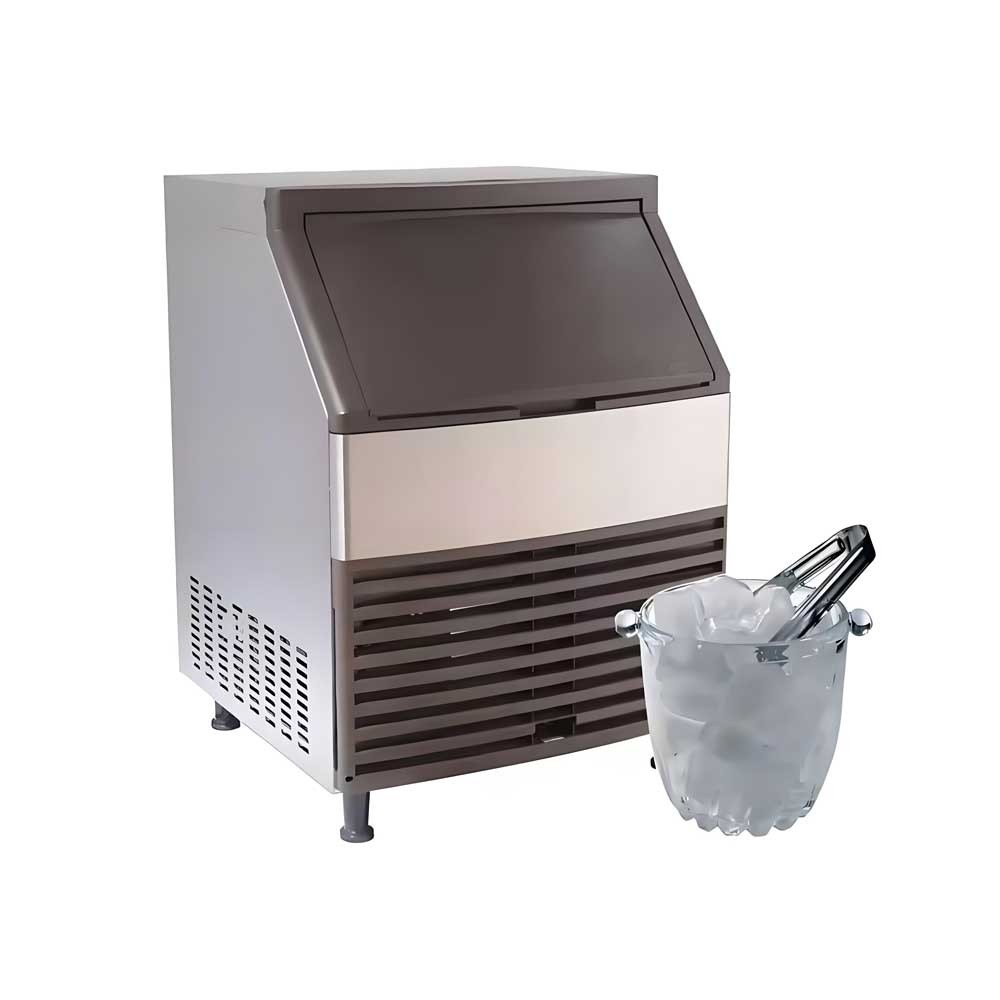
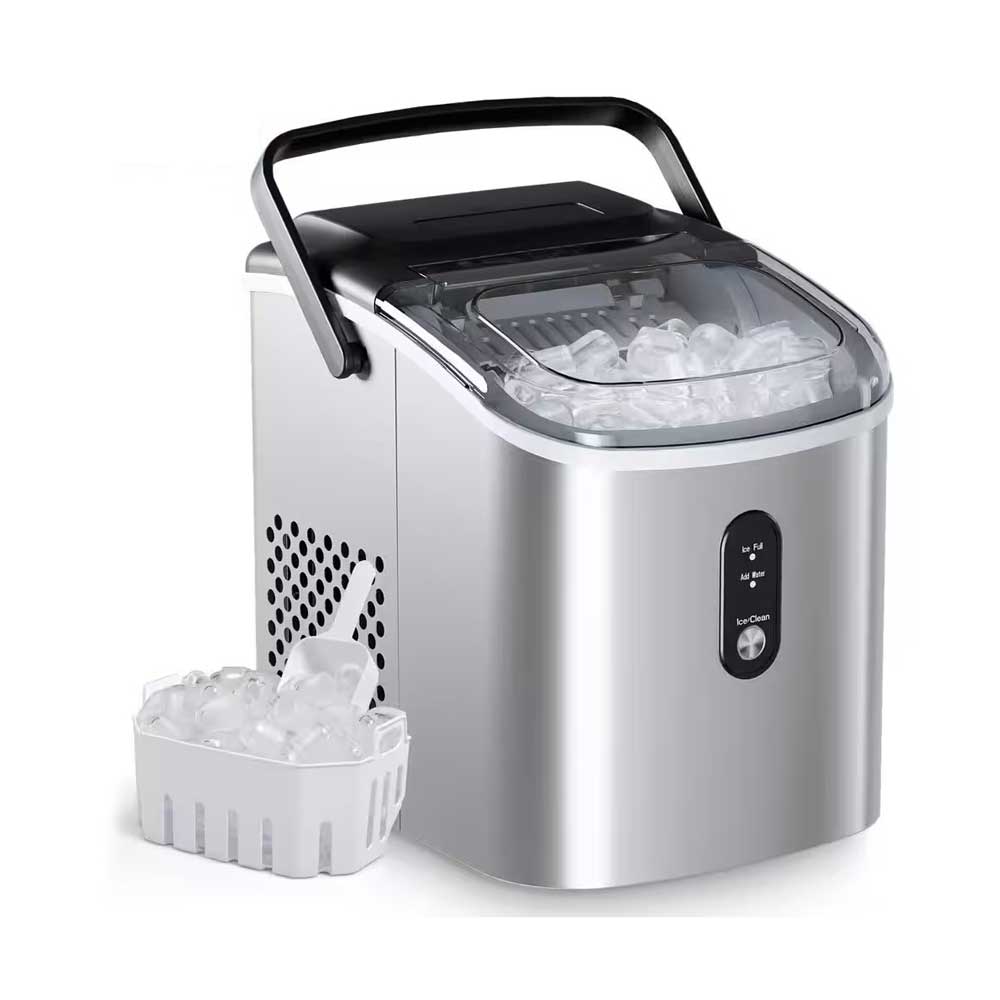 Portable Flake Ice Machine
Portable Flake Ice Machine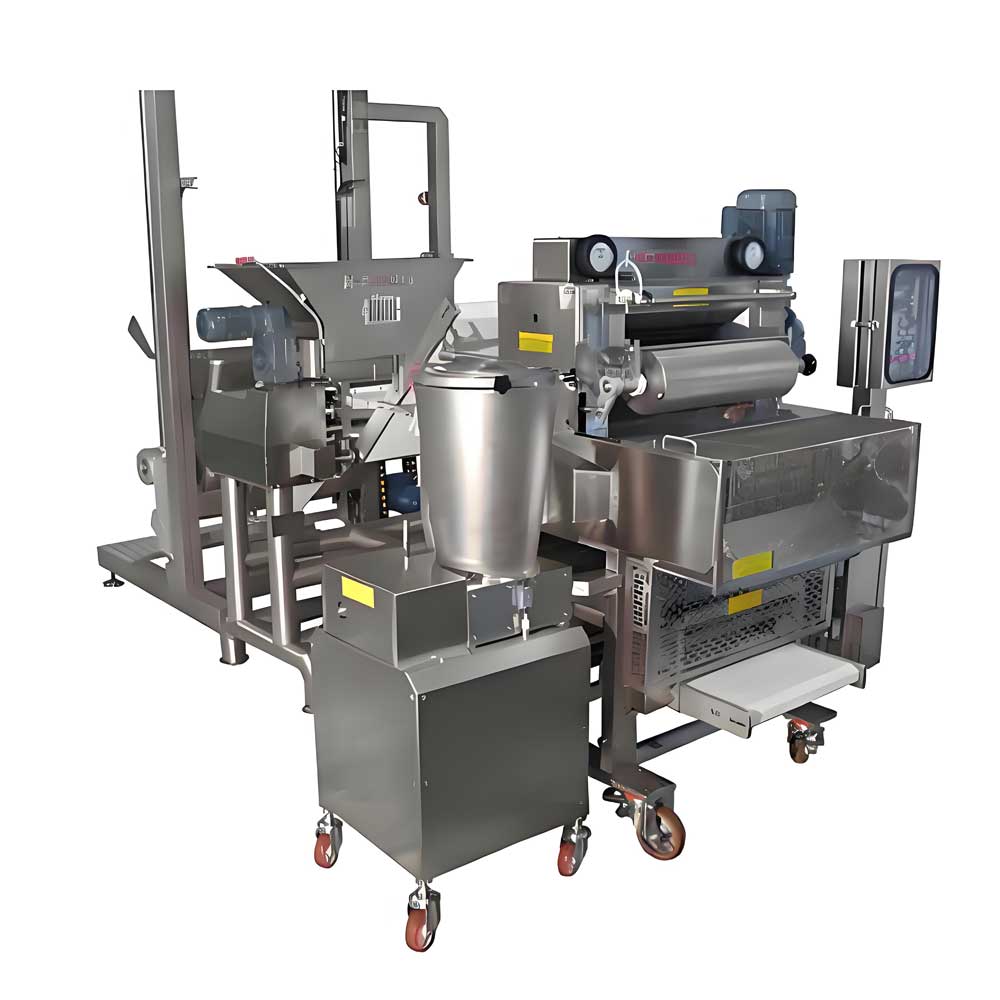 Pelmeni Making Machine
Pelmeni Making Machine
Ready to Get Started?